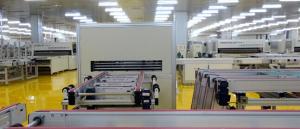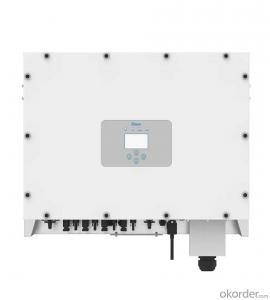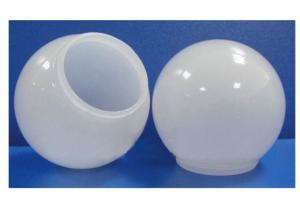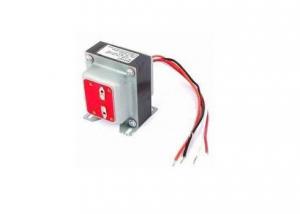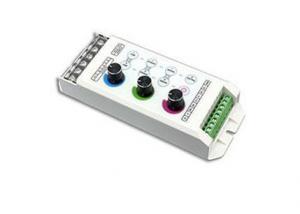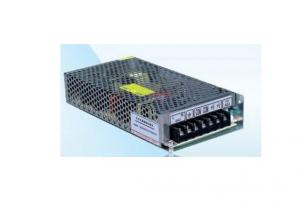Midnite Solar Inverter
Midnite Solar Inverter Related Searches
Midnite Solar Inverter Charger Midnight Solar Inverter Sunshine Solar Inverter Inverter Solar Solar Solar Inverter Solar Energy Inverter Sun Solar Inverter Solar Based Inverter Invt Solar Inverter Mac Solar Inverter Inverter With Solar Input Central Inverter Solar Solar Battery Inverter Micro Inverter Solar Solar City Inverter Magnum Solar Inverter Hybrid Solar Inverter Sunpower Solar Inverter Micro Solar Inverter Inverter Hybrid Solar Magnum Inverter Solar Magnum Energy Solar Inverter Inspire Solar Inverter Smart Inverter Solar Inverter Solar Hybrid Infini Solar Inverter Smart Solar Inverter Solaris Solar Inverter Inverter For Solar Solar Light InverterMidnite Solar Inverter Supplier & Manufacturer from China
Midnite Solar Inverter is a line of high-quality solar power conversion products designed to optimize the performance of solar energy systems. These inverters are engineered to provide reliable and efficient power conversion, ensuring that solar energy is effectively utilized in various applications. The products in this range cater to different power requirements and are suitable for both residential and commercial solar installations.The Midnite Solar Inverter is widely used in various scenarios where clean and sustainable energy is required. It is commonly employed in off-grid solar systems, where it plays a crucial role in converting the direct current (DC) generated by solar panels into alternating current (AC) that can be used by household appliances and other electrical devices. Additionally, these inverters are also used in grid-tied systems, where they help in managing the flow of power between the solar panels, batteries, and the utility grid.
Okorder.com is a leading wholesale supplier of Midnite Solar Inverter products, boasting a large inventory that caters to the diverse needs of customers worldwide. By offering a comprehensive selection of Midnite Solar Inverters, Okorder.com ensures that customers have access to the right product for their specific solar energy requirements. This extensive inventory, coupled with competitive pricing and reliable customer service, makes Okorder.com the go-to source for purchasing Midnite Solar Inverter products.
Hot Products

























